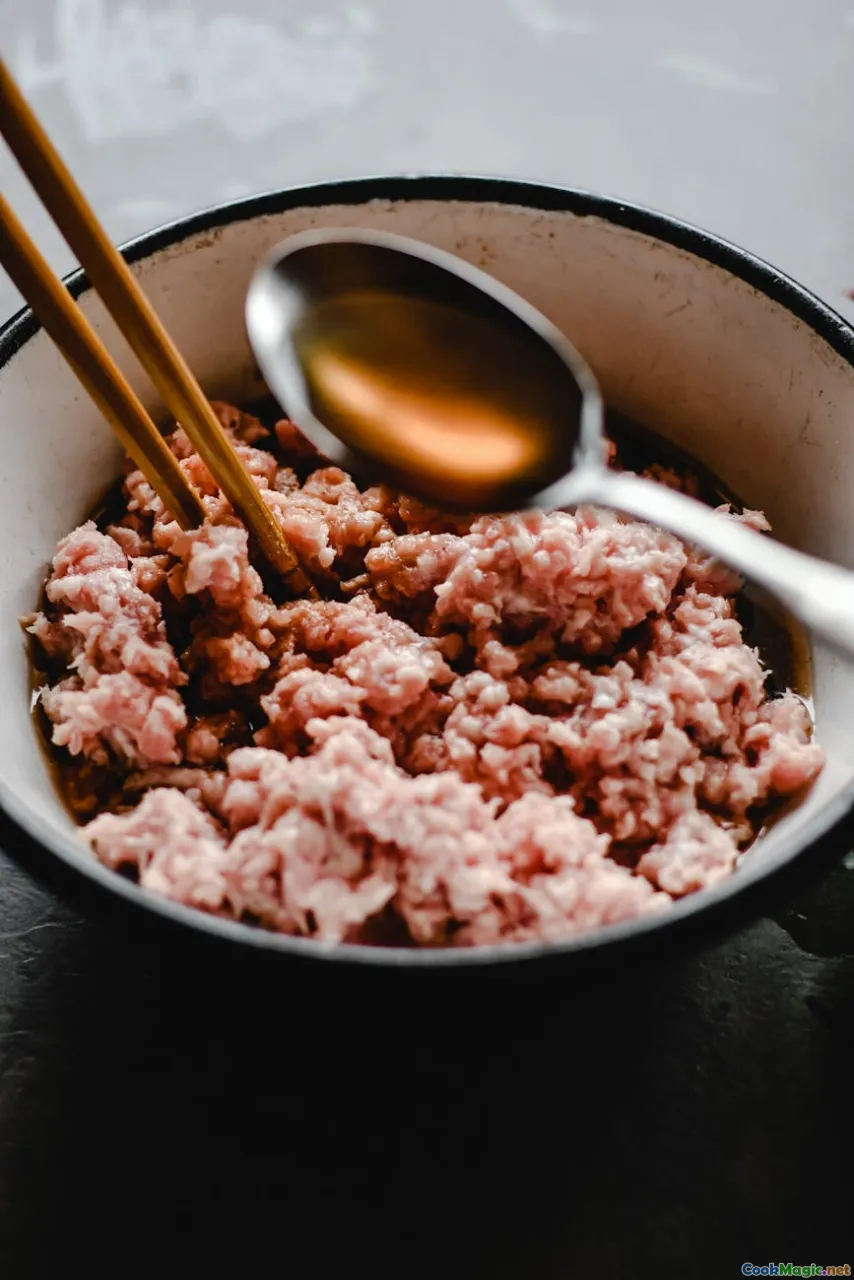How to Make Palm Oil Count in Nigerian Dishes
8 min read Discover how to harness the rich flavors of palm oil to elevate your Nigerian dishes, preserving tradition while enhancing taste and aroma. April 24, 2025 22:55
How to Make Palm Oil Count in Nigerian Dishes
Nigerian cuisine is a vibrant tapestry woven with bold flavors, rich aromas, and a deep sense of cultural history. At the heart of many traditional dishes lies palm oil, a golden elixir that lends both color and character to the food. But beyond its visual appeal, palm oil is a powerhouse ingredient that, when used thoughtfully, can elevate your dishes from good to unforgettable.
Imagine the warm, earthy scent of freshly pressed palm oil bubbling gently in a pot, infusing stews with depth, or the satisfying crunch of fried plantains coated in a glossy sheen of rich oil. Palm oil is more than just an ingredient; it's a cultural symbol, a flavor anchor, and a culinary secret waiting to be unlocked.
In this article, we will explore how to make every drop of palm oil in your Nigerian dishes truly count—combining traditional wisdom, modern techniques, and personal insights to help you harness its full potential.
The Cultural Significance of Palm Oil in Nigerian Cuisine
Palm oil, locally known as red oil or palm kernel oil, has been a cornerstone of Nigerian cooking for centuries. Its deep red hue and distinctive aroma are unmistakable, often evoking memories of home-cooked meals and communal gatherings.
Historically, palm oil was extracted from the ripe fruits of the oil palm tree (Elaeis guineensis), which thrives across Nigeria's diverse landscapes. Indigenous communities have refined their extraction techniques over generations, turning wild harvests into liquid gold.
Culturally, palm oil symbolizes fertility, prosperity, and the continuity of tradition. It’s used in sacred rituals, festivals, and daily cooking alike. Its significance extends beyond flavor; it embodies identity, history, and social cohesion.
The Rich Flavors and Aromas of Palm Oil
The magic of palm oil lies in its complex flavor profile. It offers a smoky, slightly nutty aroma with hints of earthiness and sweetness, which can vary depending on the extraction process and the age of the oil.
When heated, palm oil releases a fragrant aroma that can fill an entire kitchen, stirring nostalgia and anticipation. Its viscosity provides a velvety mouthfeel, coating ingredients evenly and enhancing textures.
Visualize a bubbling pot of banga soup, the oil shimmering like liquid fire, or the golden hue of pounded yam mixed with palm oil, inviting you to indulge.
How to Make Every Drop of Palm Oil Count
1. Choosing Quality Palm Oil
The foundation of a good Nigerian dish is quality. Look for unrefined, natural palm oil that retains its vibrant red color and aromatic profile. Avoid bleached or heavily processed oils, which lack depth of flavor.
When shopping, trust local markets or specialty stores that source directly from producers. Freshly pressed oil will have a stronger aroma and richer taste.
2. Proper Storage and Handling
Store palm oil in airtight containers away from direct sunlight to preserve its flavor and prevent rancidity. Use clean utensils to scoop out oil to avoid contamination.
When cooking, add palm oil at the right stage—early in the process to develop flavors, or towards the end to preserve aroma.
3. Technique: The Art of Tempering
Tempering, or frying aromatics like onions, peppers, and spices in palm oil, is crucial. This process unlocks the oil’s full flavor potential.
- Start with moderate heat: Too high can burn the oil or overpower delicate flavors.
- Add aromatics gradually: Onions first, until translucent, then peppers and spices.
- Cook until fragrant: This releases essential oils and deepens the flavor.
4. Balancing the Flavors
Palm oil has a potent flavor that can easily overpower a dish if used excessively. Use it judiciously, balancing with ingredients like tomatoes, vegetables, or meats.
A good rule of thumb is to start with a small amount—about a tablespoon—and adjust as needed.
5. Combining with Other Ingredients
Palm oil works beautifully with ingredients like fish, meats, leafy greens, and starchy staples. For example:
- In Efo Riro (vegetable soup), a splash of palm oil adds richness.
- In Ofe Akwu (palm nut soup), it forms the base.
- For frying or sautéing, it provides a distinctive flavor.
6. Creative Uses to Maximize Flavor
- Infused Palm Oil: Add herbs like scent leaves (Efirin) or spices during storage to create flavored oils.
- Drizzle: Use a small amount as a finishing touch—drizzle over rice, beans, or roasted plantains.
- Marinades: Incorporate into marinades for meats to tenderize and add flavor.
Personal Reflections and Tips
Having grown up in a Nigerian household, I’ve seen how a well-used palm oil can transform a simple dish into a celebration of flavor. My grandmother’s bitterleaf soup (Ofe Onugbu) was never complete without a generous splash of palm oil, which made the flavors sing.
One secret I learned is patience. Allow the oil to heat gently and develop aroma before adding other ingredients. This slow process ensures that every molecule of flavor infuses the dish.
Another tip is to use palm oil as a finishing touch for soups and stews—adding a small spoonful at the end preserves its aromatic integrity and elevates the dish.
Final Thoughts
Palm oil is more than an ingredient; it’s a cultural heritage, a flavor enhancer, and a symbol of Nigeria’s culinary richness. By understanding how to select, handle, and incorporate palm oil thoughtfully, you can make every drop count—creating dishes that are not only delicious but also deeply rooted in tradition.
Remember, the key is respect for the ingredient’s power and history. Use it with care, creativity, and a sense of celebration, and watch your Nigerian dishes come alive with vibrant color, aroma, and taste.
Happy cooking, and may your palm oil always tell a flavorful story!









